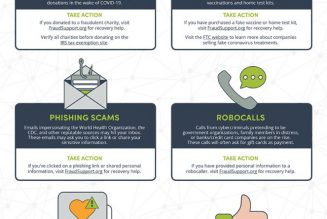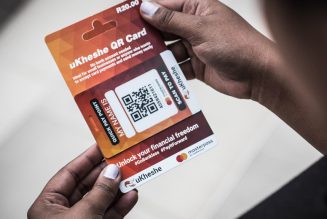With the advent of 4G technology and the promising 5G technology, smartphones have offered people a gateway to enter the digital economy and get socio-economic benefits.
According to Statista, in 2020 global smartphone unit sales for end-users were 1.38 billion. This shows a strong demand for smartphones, which is largely driven by consumers from developed countries. The consumer in developed countries has easy access to smartphone finance, affordable loans, alternative forms of credit scoring, etc. This necessarily does not hold true for certain emerging markets such as Sub-Saharan Africa or South Asia. According to Newzoo Global Mobile Market Report 2018, Smartphone penetration in South Africa was 35.5%, Vietnam was 37.7%, Indonesia was 27.4% as compared to 83% and 79.3% in the United Kingdom and the Netherlands respectively. This shows that in certain developing regions smartphone penetration is visibly less.
One of the key initiatives that can be taken and implemented to facilitate smartphone ownership for low and middle-income consumers in emerging markets is Smartphone financing.
As smartphone financing is a win-win formula but it comes with its own set of challenges. Some of the key challenges faced by telecom providers and financial institutions in smartphone/device financing are:
- High default rates due to failed EMI payments
- Customers willfully defaulting on payments due to the absence of any credit scoring system
- Physically recovering the financed device on payment defaults is expensive and difficult
- Customers switching telecom providers
Protect Financed Smartphones Against non-payment with NuovoPay
NuovoPay enables telecom carriers and finance companies to reduce their EMI default rates. One of the key features in NuovoPay’s solution offering is offline device locking which blocks device access if there is an EMI default.
NuovoPay’s Offline Device Locking
There are various cases where this feature is useful, for e.g. when a defaulter may simply turn off the Internet connectivity on a device or the internet connectivity is poor. But with NuovoPay smartphone financiers can remotely block access to specific device functionalities even if the device is offline (not connected to the internet network). The device will be usable with minimum functionalities and NuovoPay will prompt the user to pay the EMI.
NuovoPay also offers companies an industry-proven solution to tackle device financing issues against non-paying customers and mitigate smartphone leasing & financing challenges. Here’s how NuovoPay makes it easy for telcos to make the device financing model lucrative:
- Streamlined payment reminders – NuovoPay ensures no payment is missed by streamlining regular payment reminders on the leased devices.
- SIM-based Locking – If the user removes the SIM from the financed smartphone to replace it with the service provided by some other company, NuovoPay is alerted and the phone is locked, even when the device is offline.
- Remote device blocking – Remote device blocking – In case of a defaulted payment, the device can be remotely locked from the NuovoPay dashboard. This eliminates the need for the physical recovery of the device.
NuovoPay enables telecoms and financial institutions to offer a pay-as-you-go smartphone model that will protect their financed devices against payment default and provide them with an opportunity to expand their reach to non-tapped markets. NuovoPay is strengthening the smartphone financing models by solving key challenges faced by companies in this segment while also enabling smartphone adoption in markets that are left abaft in the mobile revolution.
By Staff Writer.









